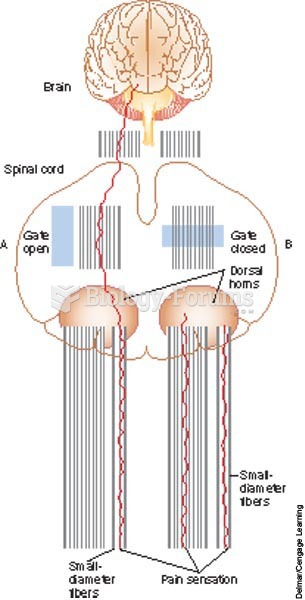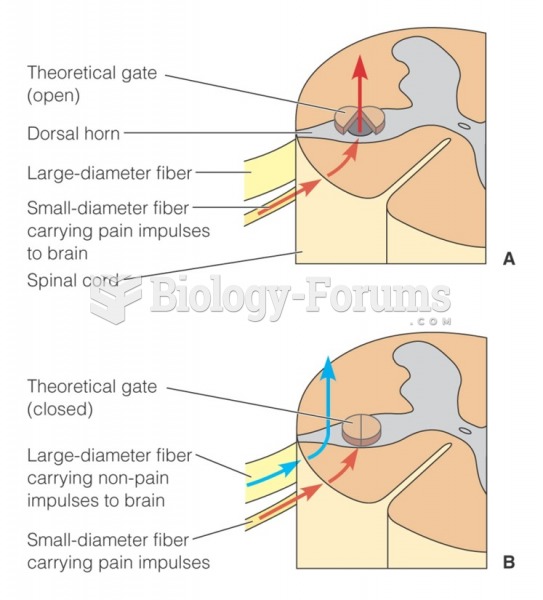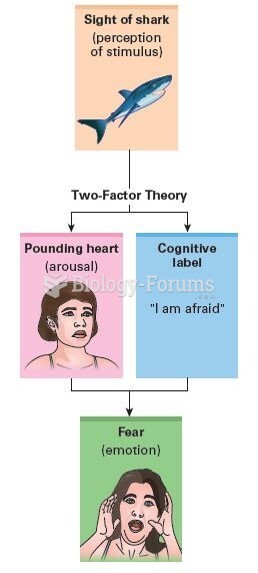This topic contains a solution. Click here to go to the answer
|
|
|
Did you know?
Many supplement containers do not even contain what their labels say. There are many documented reports of products containing much less, or more, that what is listed on their labels. They may also contain undisclosed prescription drugs and even contaminants.
Did you know?
Today, nearly 8 out of 10 pregnant women living with HIV (about 1.1 million), receive antiretrovirals.
Did you know?
Blood is approximately twice as thick as water because of the cells and other components found in it.
Did you know?
People about to have surgery must tell their health care providers about all supplements they take.
Did you know?
People with high total cholesterol have about two times the risk for heart disease as people with ideal levels.







